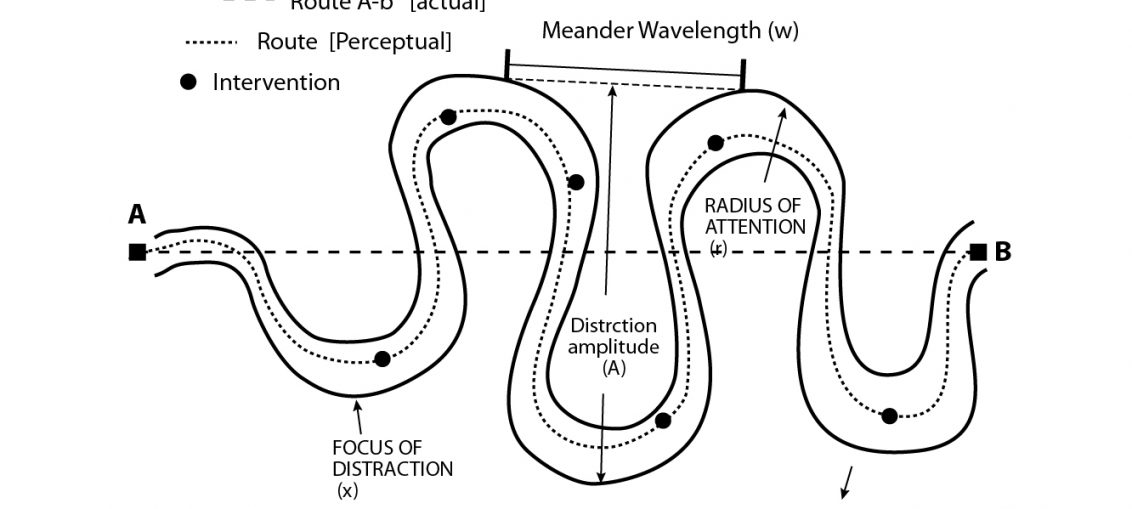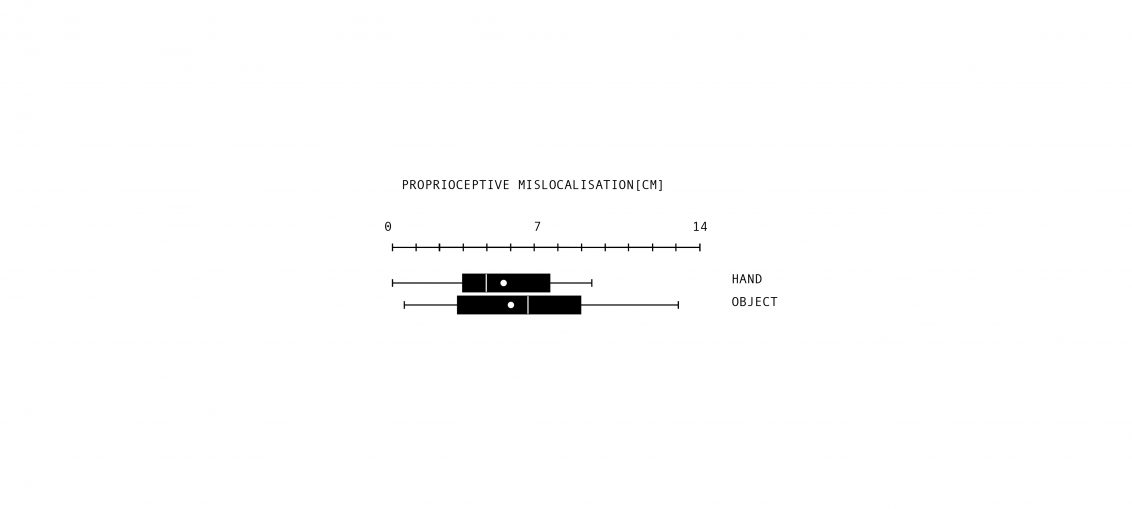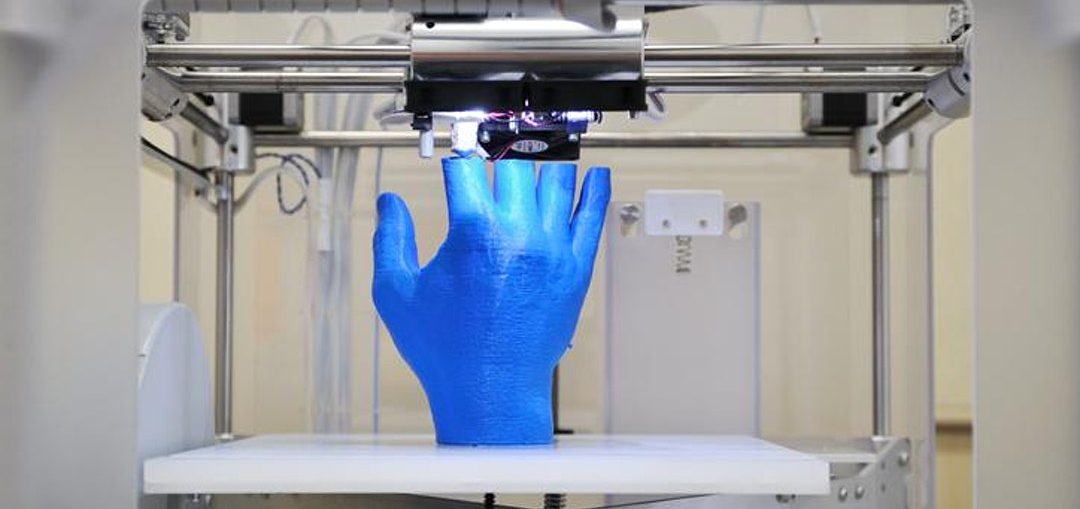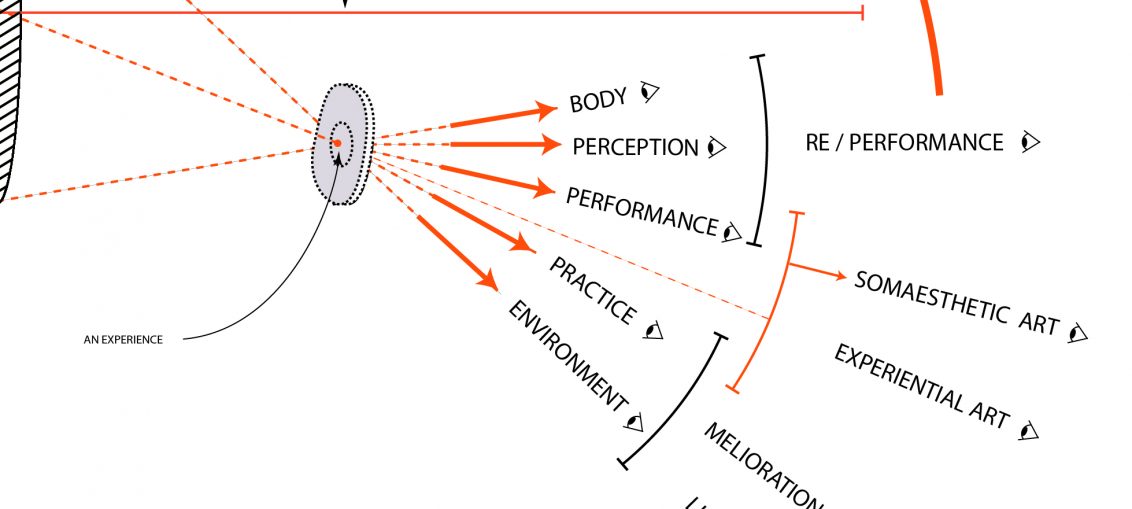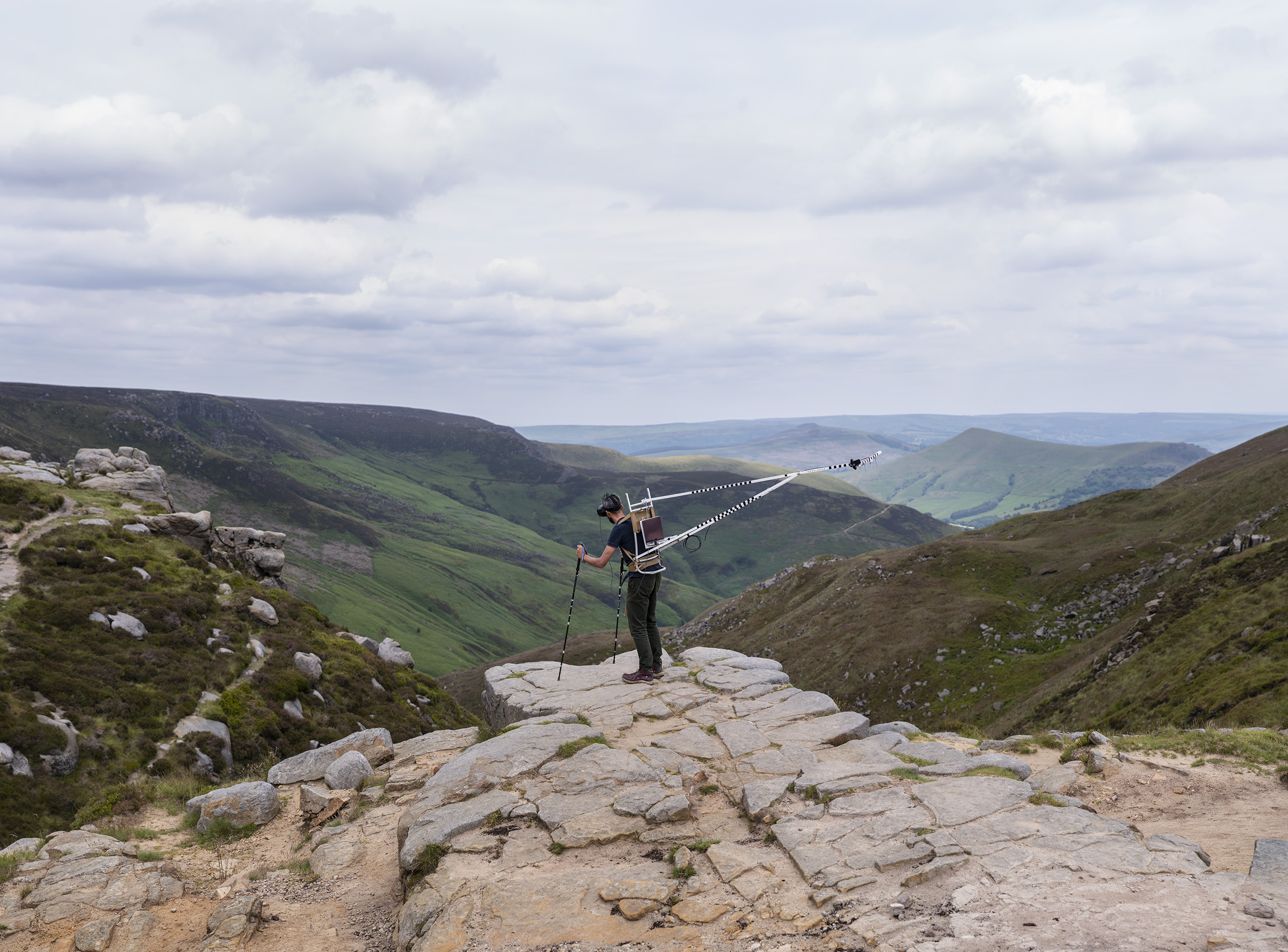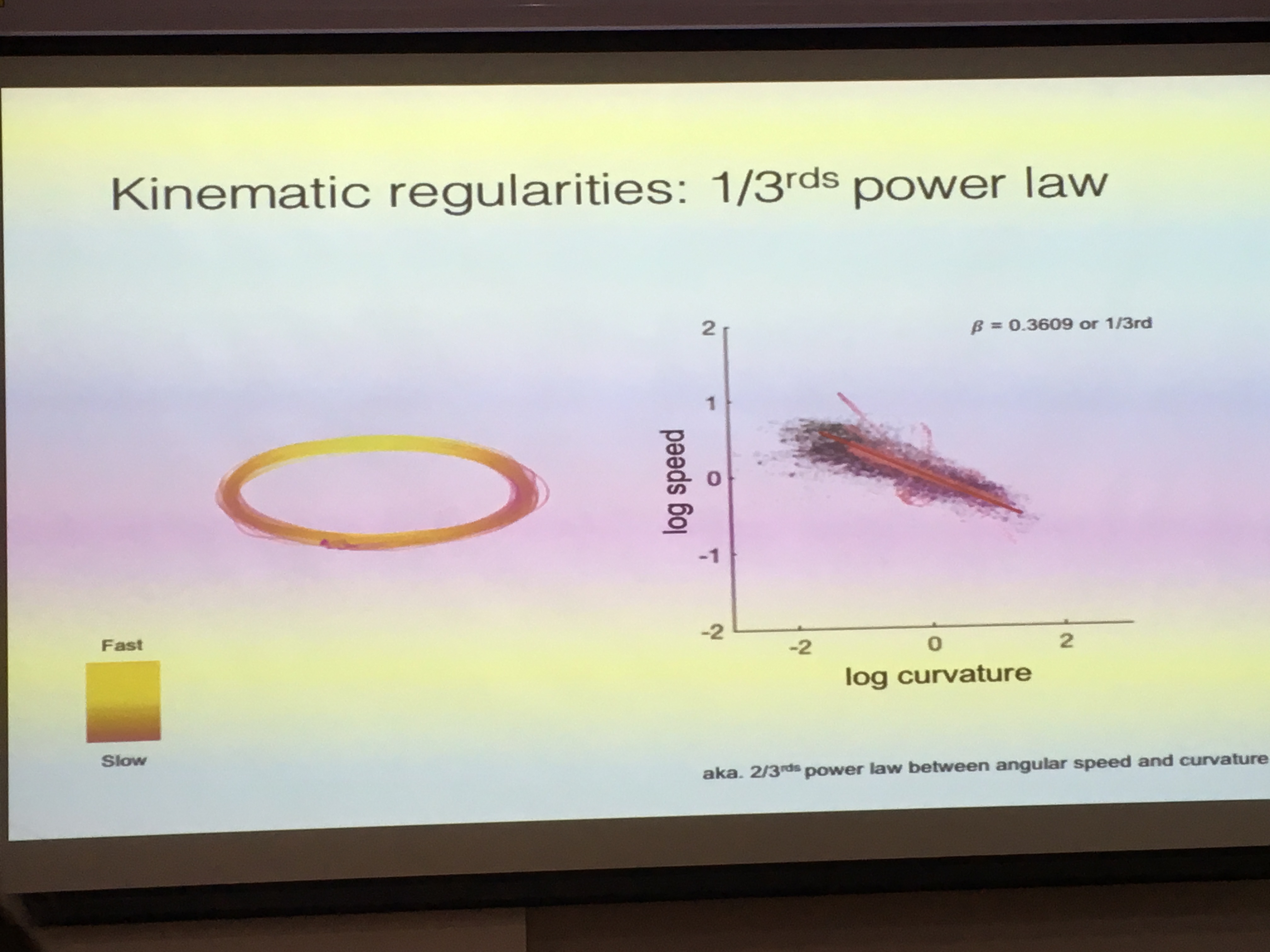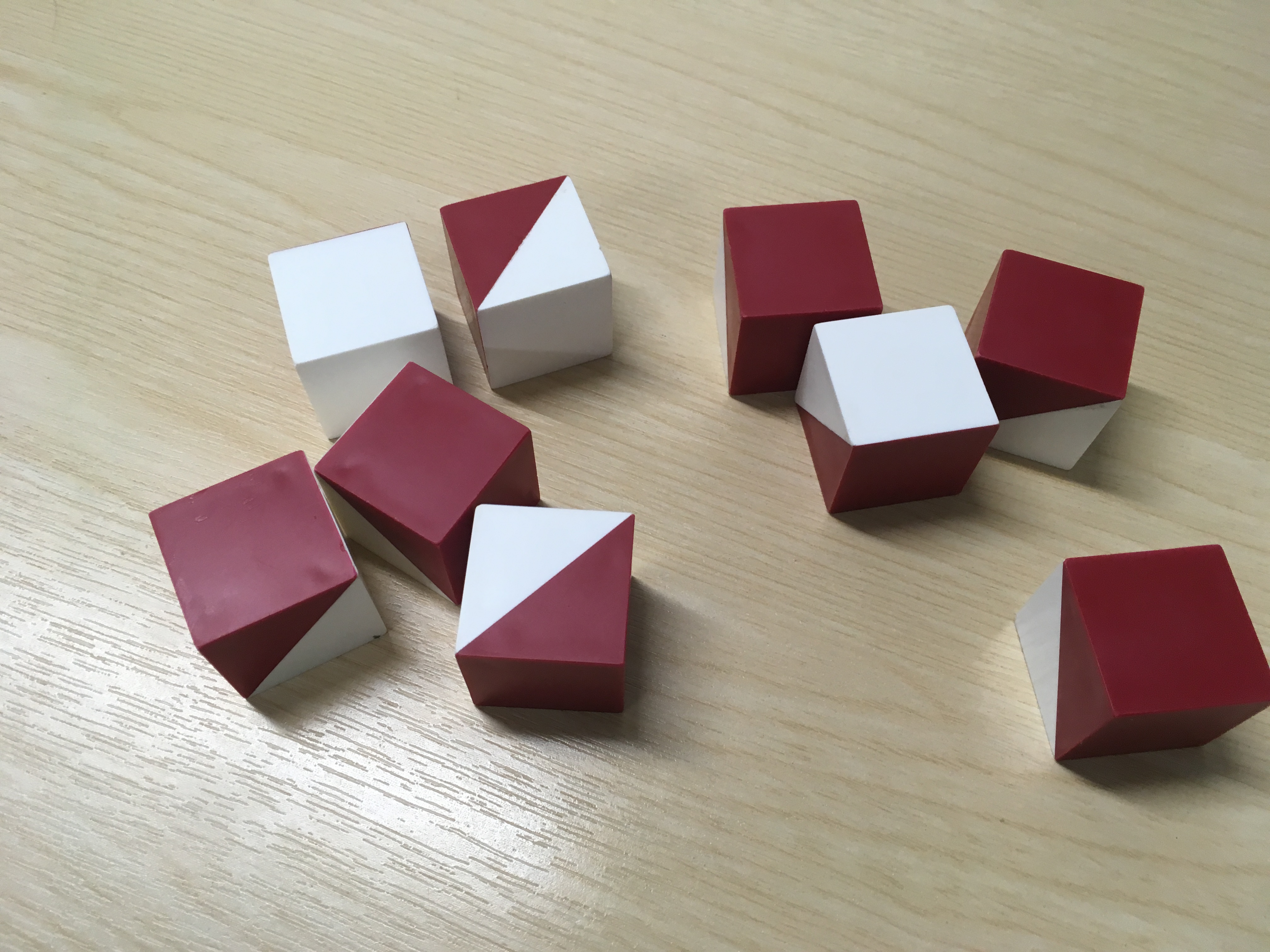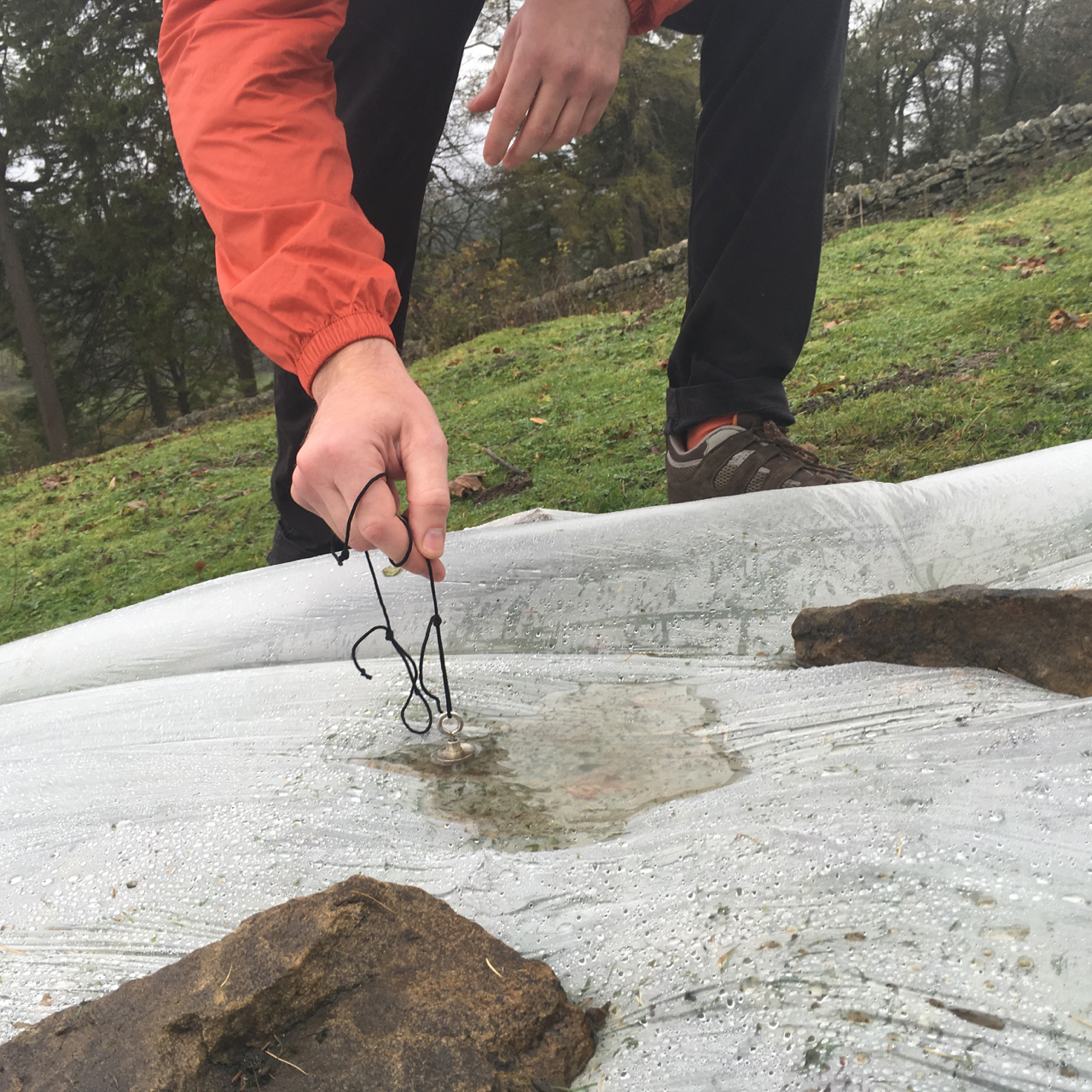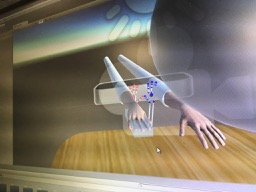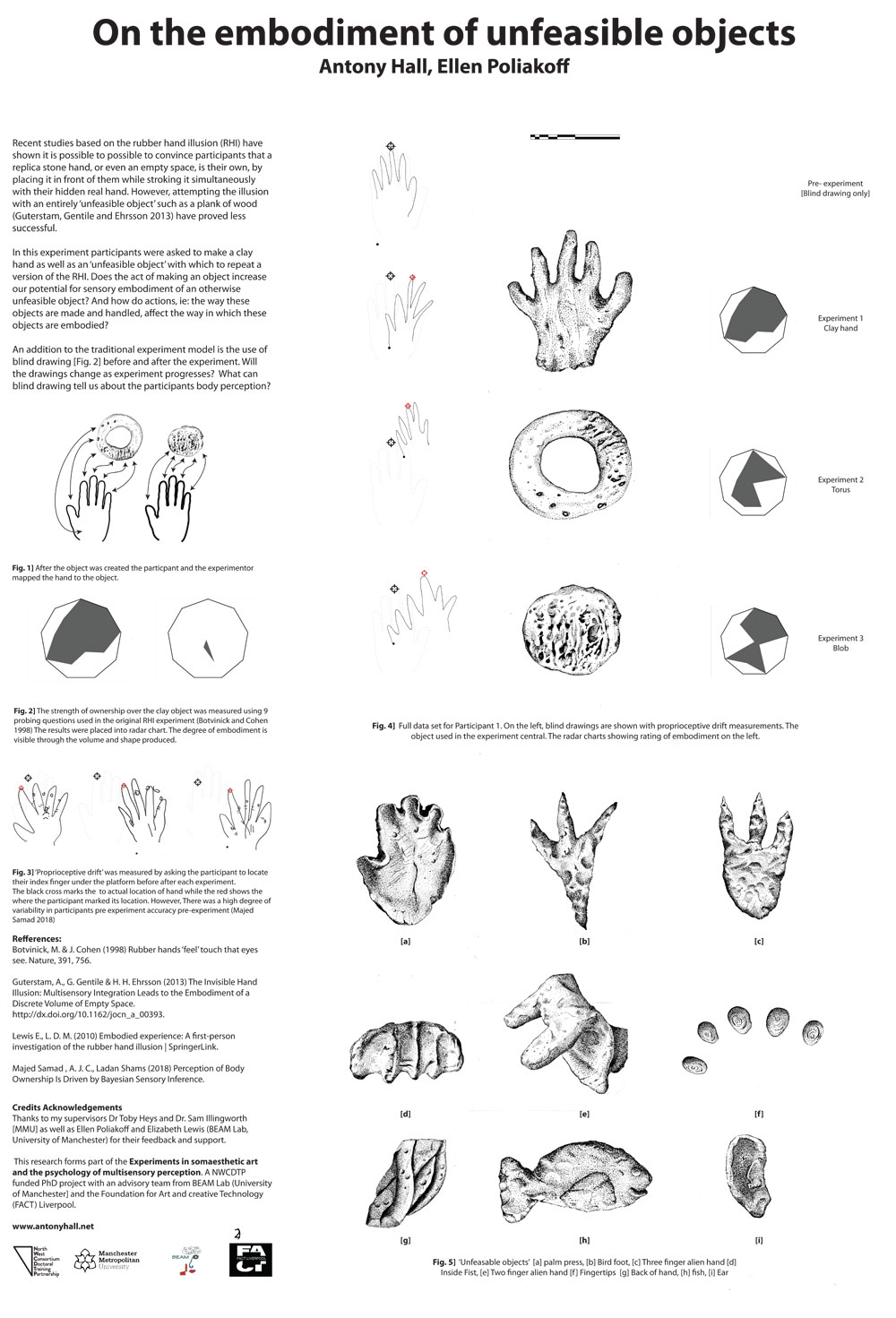"We do an experiment when the phenomenon experimented upon runs its course to failure or success. Then and then only is it integrated within and demarcated in the general stream of the experiment from other experiments… Such an experiment is a whole and carries with it its own individualizing quality and self-sufficiency. It is an experiment.”Extract from 'The pressure of ideas 2020"
Notes and writing
Writing, creative writings, reflections and thoughts from conferences and meetings and discussions.
Para Lab – Meander~Delta
On the 28th / 06/2020 para lab met up at Brunclough reservoir. Everyone was tasked with creating ’a device to test the material properties of a thing’. I produced an edition of 15 Meander~Delta objects [drawings and text contained within a petri dish] with which to collect things and make notes, I also brought a homemade tardigrade extractor [salad spinner]. The wind and rain on occasion proved to be too disrupting to do any detailed work – or too difficult even speak to each other… https://www.instagram.com/p/CB-3MrkllD6/?utm_source=ig_web_button_share_sheet https://www.instagram.com/p/CCBafc3F-2n/?utm_source=ig_web_button_share_sheet
Meandering and delta objects – walking as research
Meandering is an experiential research method enacted through walking in the natural [or urban] environment whist being tasked with a specific activity [collecting, experimenting, sampling the environment]. The aim is that this process may lead to new ideas and discussions which cause the participants to meander from the planned course of action and in doing so reveal alternative routes and different ways of looking. During the meander, notes are made, and the process is recorded; The sorting of residual material generated become a "Delta object" an archive of the event. Meander 1. To slowly wander from a given course. 2. (of a river or road) follow a winding course 3. a journey that has no particular direction: ~Delta 1. The accumulation and sorting of material as
Catastrophe theory
This diagram [a work in progress based on Fazey and Hardy, 1988] shows how sudden shifts in behaviour can arise from small changes in circumstances [See Rene Thom - catastrophe theory]. It is used here to explain the process of how increasing cognitive and somatic anxiety might lead to feelings of depersonalisation numbness or panic attacks. Since these often result from small changes. Could this model be used to explain the experiences of hallucination and perceptual illusion? Some links here to how this is used in sport science - in relation to somatic and cognitive anxiety/ https://www.youtube.com/watch?v=XSSpOfPoIf4 Theory of Catastrophes http://users.fs.cvut.cz/ivo.bukovsky/SBS/en/Catastrophes/Catastrophes1.html
Questionnaire results
Re-Action
A ‘Re/Action’ is a form of experiential art which resembles a workshop and consists of a series ‘actions’ performed or experienced by participants who interchange between roles of experimenter and audience. The focus is on reflection and introspection, for both the experimenter and participant. The process should generate new questions and evolving iterations for future action and re/action. 1. Initiation: Preparatory sub-actions, questionnaires and tasks that serve as cognitive primers which inform the following actions. 2. Action: The experience [an experiment] This should include qualitative and quantitative measures, further questionnaires, biometric data [sweat response / Heart rate] that feeds back into the experience. Importantly the process and apparatus of data collection are part of the experience. 3. Reflection: Interview and discussion. This should comprise of structured
Tabletop Experiments
A manifesto to celebrate 20 years of Tabletop Experiments. 1. The Tabletop Experiment is essentially amateur and DIY in its endeavour. It concerns science as recreation and as a practice that necessitates its own re-creation. 2. It is assembled from items readily available in the home, domestic technology; kitchen utensils, liquid soap or aquarium parts for example. 3. It is based upon a specific phenomenon of interest; an artefact of subjective perception, the physical behaviour of liquid, or the physical behaviours of an animal for example. 4. It is a discrete environment: a device, or instrument, within which a unique phenomenon can exist. Ideally this should be a rapidly developed prototype, which affords an aesthetic interplay between materials and technologies, driven by incidental function and serendipitous accident. 5.
Proximal Osmosis Collaboration
Osmosis is the gradual permeation of ideas between different fields. It implies a passive slow diffusion, an unconscious assimilation of knowledge. In biology it is a process by which molecules tend to pass through a semi-permeable membrane from a less saturated medium into a more saturated one. This leads to two mediums of equal saturation through a one-directional flow, resulting in two different volumes. These illustrations explore the idea of osmosis as a model for ‘collaboration’ as an alternative to the idealised collaborative sciart model often represented through the vesica Piscis [Fig. 1 and 2]. One in which ideas permeate through osmotic proximity [3] created by collaborative environment and mediums separated by a ‘proximal membrane’ through which ideas and knowledge
Mirror Gaze Experiment @MSP
I have been working with Manchester Science Partnerships to develop a range of workshops for their customers, the resident companies that use the park. The first session was the 'mirror gaze experiment'. During the mirror gaze experiment [MGE] participants are asked to stare at their own reflection in a mirror in a nearly dark room. An outline of the head is visible as a faint silhouette. In this state of partial sensory deprivation, the brain struggles to make sense of the information it sees. Forms and shapes begin to emerge as if from nowhere. For many observers, these develop into vivid visual hallucinations “monsters, archetypical faces, faces of relatives, and animals” (Caputo, 2012; Bortolomasi et al., 2014). This
Making as Paradox
I am pleased to be an invited speaker at the annual AHRC Student Conference, which will be held at the Baltic Centre for Contemporary Art, Newcastle. Here is the info... "The annual AHRC Student Conference, Baltic Centre for Contemporary Art, Newcastle, on 26th October 2019 from 10:30 till 16:00 A conference for practice-based research in Art, Design and Craft. This conference for practice-based research in Art, Design and Craft aims to provide a dynamic forum in which to explore new ways of creating knowledge through practice, with a particular focus on the disruption of technology in our made environments. The conference will contain a day of presentations, discussion and debate around contemporary themes that draw on the paradoxes of making today and by doing
Science re-imagined through the lens of somaesthetics
I find it helpful to think of physical metaphors to represent the research process. A phrase that comes up a lot in academic writing is this notion of an event or phenomenon through a 'lens'. How adopting a theoretical viewpoint can shed new light on a subject / revealing new meaning and understanding. In my own research, I have been interested in ‘somaesthetics' as a theoretical framework for my project. Science re-imagined through the lens of SOMAESTHETICS as illuminated by artistic research Somaesthetics, as defined by Richard Shusterman, foregrounds bodily perceptions and practices and how these contribute to knowledge and our construction of reality (1) specifically ‘pragmatic somaesthetics’ includes training and harnessing bodily experience. Furthermore, its practical element endorses bodily practice. This would
Proximity day 1 experiment 1
Williams Clough ascent using Autoscope
Wanderer above the sea of fog
Notes from a day testing the Autoscope with Andrew Brooks. Here is our nod to the painting "Wanderer above the sea of fog" by Caspar David Friedrich 1818. The painting Juxtaposes 'Man' and his mastery of nature while simultaneously being a small and insignificant element of the overall landscape. The other mechanism at work is this inverted gaze; We see the back of the painted characters head, something that was quite unusual at the time. In doing this one idea is that we imagine ourselves as part of the image, putting our selves in the place of the depicted figure. It seems apt to recreate this, as one effect of the autoscope is this sensation that you have become part of the landscape and the feeling
‘Body up’: Current trends and future directions in embodiment and social interaction
Perspectives from neuroscience, clinical & experimental social psychology and new technologies Notes from the Body up Conference UoM 13th June 2019 https://bodyupmanchester.wixsite.com/uomconference Our behaviour and self-perception effect the way in which we see others. We read others body language in order to make judgements on their thoughts and feelings. New research suggests Autistic individuals move their bodies differently, and that in a way, are speaking a different body language. Understanding this helps explain why they have difficulties reading our intentions and emotions. Jennifer Cooks research on movement kinematics showed how gait point models, captured through motion capture, could convey different emotions through their walking style. For example, most people can notice someone one walking style as ‘angry' or ‘sad’. However - the
6 finger and shrunken Finger illusions
Roger Newport gave a talk on his research at the Body Up conference last week. [See work with the MIRAGE box here Augmented Hands] Speaking to him afterwards, he asked if I had ever experienced the 6 finger Illusion? He reached into his bag and revealed a mirror which he placed on the table. Placing my hand one side of the mirror, he skilfully performed the illusion. Looking into the mirror I watched as each finger was stroked predictably in series, moving from thumb to the little finger, but then continuing to apparently stroke an invisible 6th finger. This worked perfectly for me. What is really interesting is that apparently a very small amount of people have reported seeing this
Ganzfeld and Mirror Gaze
1-1 experiment sessions in the studio I invited participants to come to my studio to take part in phase 2 of my research. This opens up to using the Ganzfeld and the Strange Face in the Mirror Illusion. Both use white noise connected to a system of biofeedback, using Galvanic skin response signals to subtly modulate the noise. Through this, I have been developing my interview technique and also the working questions that I ask. This has resulted in a new artwork which is taking the form of a questionnaire. Currently, I'm referring to it as the "Hall Anomalous Perception scale" a tongue in cheek reference to the Cardiff scale designed to asses experiences of anomalous perceptions in daily life. A participant
Mirror Gaze Box
A rapidly prototyped blackout box for the mirror gaze box, this is to create a dark space for the Mirror Gaze Experiment. Inside is an Infra Red LED spotlight and modified web camera. The camera films the participant in real time from behind a two-way mirror, as they experience the illusory effect of sensory deprivation. Mirror Gaze Box - prototype
Experience in progress
EXPERIENCE IN PROGRESS, 35x50mm badge in 60×80 Foil printed box, text insert and authenticity statement / signed edition of 100. [buy it here] I made this badge to celebrate a chance occurrence that has had a lasting effect on my work ever since. Back in 2006, I was working with electro-genic fish at the Centre des neuroscience [CNRS] near Paris. Frustrated and stuck, I went for a walk, aimlessly wandering the corridors. I noticed a sign on a laboratory door saying “Experience en cours” ( ‘experiment in progress’). I took this photo. Moments later on the way back, I found the door was ajar. I knocked on it and peeped in. I ended up having a fascinating conversation with a scientist
Synanet workshop: Disrupt Encode Consolidate
Notes for the collaborative Art & Bio-science Workshop at Lancaster University, UK on Monday 17th to Wednesday 19th December 2018I had a very interesting 3 days at Lancaster University participating in the Synanet workshop. The idea was to bring together interdisciplinary practice across the sciences and arts, to explore ideas in neuroscience research and BioArt. The workshop “aimed to DISRUPT dogmatic thinking across these disciplines, ENCODE new approaches and insights through shared interactions and CONSOLIDATE these ideas through artistic expression” https://cheapjack.github.io/DisruptEncodeConsolidate/ It consisted of scientific demonstrations and hands-on activity was to provide insight into the theory and practice of neuroscience research. FMRI [functional brain imaging] behavioural analysis in mice and Fruit Fly’s and Sand Fly’s, And some presentations about the “gut-micro-biome-brain interface”. Most interestingly “ …The workshop aimed to
Psychometric tests
I took part in a study at BEAM LAB as a 'neurotypical control subject. This was my first experience in experimental psychology as a participant. I found this deeply significant for my research; actually experiencing the full process of an experiment in the context of a lab. There were a number of questionnaires and tasks. Psychometric tests are concerned with the measurement of mental abilities, personality traits, intelligence. Typically these will be questionnaires and other puzzles 'tasks'. I found the activity to be deeply relaxing. also the format, in my opinion, ripe for creative subversion. It generated a lot of new ideas which I will write about this experience in more detail soon.
Rubber/clay Hand experiment UoM
I supported some seminars on the Rubber Hand Experiment with undergraduate psychology students, presenting some of my research ideas [unfeasable objects and the Clay Hand Experiment] The idea was they experience the experiment for themselves before designing their own.
Fieldwork under the ‘Darkest sky’
I was invited by Annie Carpenter and Nicola Ellis to Allenhead Arts for a few days of art and science during the night of the Orionids meteor shower, hoping for clear yet dark skies. They had been resident artists there over the last few months https://www.acart.org.uk/ . In a continuing effort to make my activities more sustainable and portable, I decided to cycle from Penrith to a remote location in the heart of the North Pennines which boasts the darkest skies in the UK. I was one of the most hellish bike rides I have ever endured. And I am no stranger to big hilly bike rides. One of my typical problems when taking part in this kind of open-ended participatory creative
Eye tracking in arts research
Notes from the Digital Humanities, Human Technologies / AHRC NWCDTP Postgraduate Conference 2018 / part 1 https://nwcdtpconference2018.wordpress.com/home/ John Merrill [MMU] presented his project; Portrait as Landscape: Rendering the Unseen surface of the face. He explained some ideas behind visual perception and the evolution of the eye, and its flaws which were a great introduction to the project. Merrill creates digitally processed high contrast, large-scale photographs. Sharpening and enhancing the surface topography and textures of the face. The idea is that attention is taken away from thinking about the character of the person pictured, and moving away from the stereotypes associated with how we recognise faces and make judgments about character. The idea is that we are left to think about the more
Meeting With Sally Linkenauger
Notes from a meeting With Sally Linkenauger Lancaster University Psychology Dept. After discovering Sally's research at the BRnet conference I wanted to experience her experiments, so I asked if I could visit her lab. The VR lab looks like a normal office space, PCs scattered around the outside, and loads of VR tech hanging around. On closer inspection, a network of cameras is installed around the space to enable complex motion capture and augmented reality experiments to be undertaken. There is a treadmill in the corner. In the experiment I tried, a leap motion sensor captures the movements of your real hand, allowing you to articulate a virtual hand. The experiment requires some time to become used to the VR environment. At first,
The Multi-faceted body
A few notes from the BRnet Conference the Multi-faceted body. June 2018, Heriot-Watt University, Edinburgh, UK I felt strangely at home among so many research projects that use the hand as a model for the wider issues of body representation and ownership. Keynote speaker Mel Slater's talked about his playful and engaging research. Slater’s work centres around the idea of using immersive virtual reality as a medium to transform the self, not just the reality of a space. His research projects include self-help therapy. The project Personified Self Interaction (Osimo et al., 2015) allowed ‘you’ [embodied within an avatar of Freud] are able to talk to ‘yourself’ [an automated replay of you, embodied within an avatar of yourself] and vice-versa. This enables the
Fieldwork / Night walk
I teamed up with artist Annie Carpenter to pull together a small group of artists and friends for a night of ‘fieldwork’. We organised an overnighter to do some experiments and have discussions together in the relaxed atmosphere of Middlewood Trust study centre; an off-grid permaculture farm. I had worked here before with [Annie and Sam Illingworth] doing some workshops with their students on a previous 'field research' style project. The concept captured my interest. We wanted to create a situation where we could work as well as have time and space to chat about ideas with others. My equipment consisted of my laptop, Arduino, [with a relay shield for experiments] and some electronics, GoPro, 360-degree camera. Also a heavy rechargeable
Tactile Anchoring Device Prototype 1
Here is my prototype device intended to help autonomously generate the 'invisible hand illusion'. For this experiment, I created a series of brushes which rotate at different speeds stroking empty space. The idea was that the participant watches this device, while the brushing motion is replicated one their real hand hidden nearby. This is building towards a piece of work called 'On the embodiment of a discrete Volume of Empty Space' [ See http://antonyhall.net/blogtactile-anchoring-device/ ] https://www.youtube.com/watch?v=DI-f6KgRD2w&w=700&h=400
“On the embodiment of a discrete volume of empty space”
As I mentioned before [Illusions of Invisible, alien hands, 3 arms, and shrinking bodies…] The Invisible Hand Illusion is a version of the Rubber hand illusion which uses no fake rubber hand at all. Instead, the participant focuses on an empty space in place of their hand. Sometimes a handless stump, and as a control, a wooden plank. they found that participants could embody a ‘Discrete Volume of Empty Space’. This interests me as it fits with a number of works which challenge the physicality of the art object, instead, I have presented amorphous forms of bubbling materials or even a plinth which automatically concealed the object. The idea of making an automated system to generate the illusion of an invisible hand seems the next step for my research.

